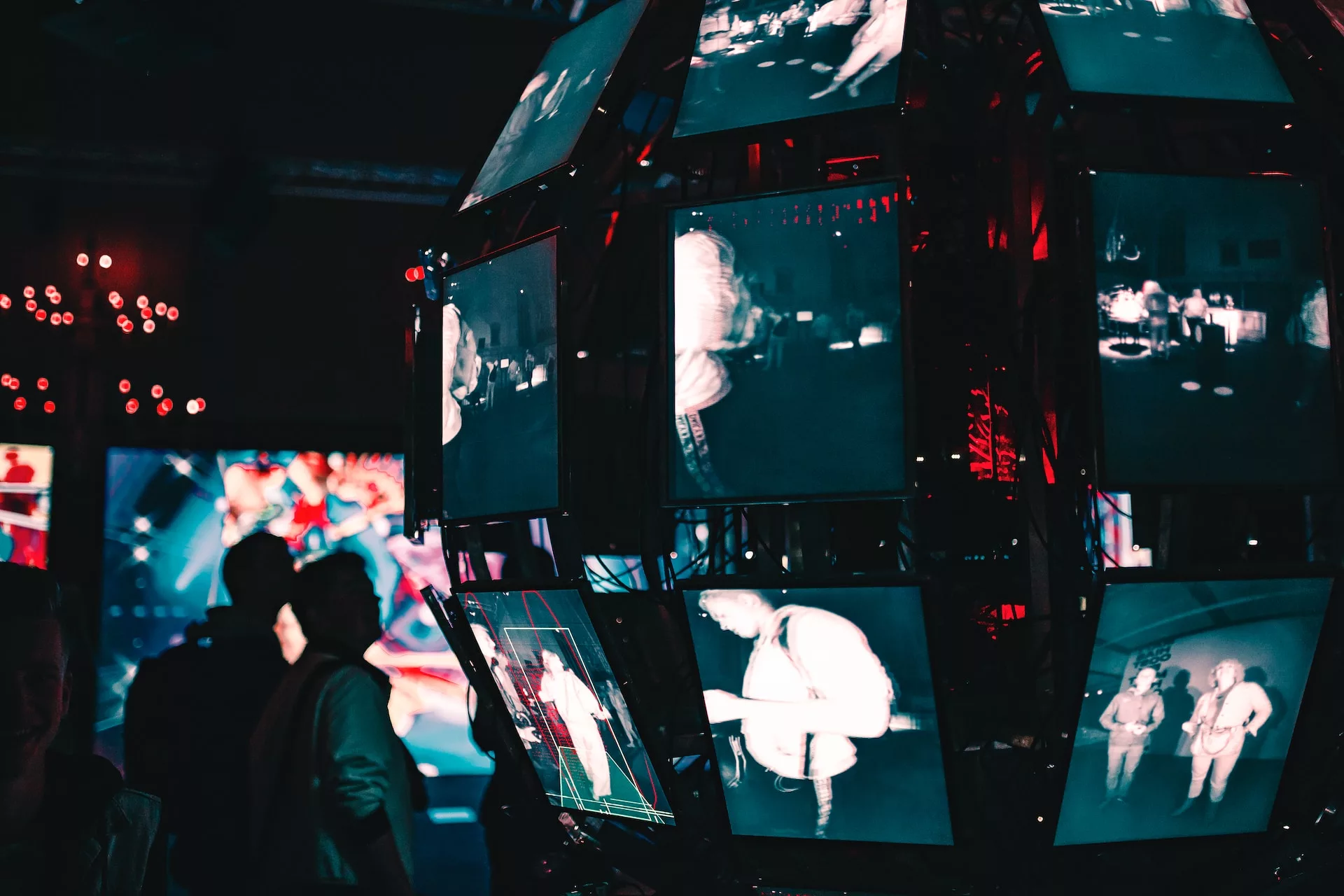Can technology change the way we perceive the world? Image credit: Maxim Hopman, via Unsplash.
Touch, sight, taste, hearing, and smell. The human organism is nothing short of a sensory marvel. Engineered over many millennia, it has adapted to interface effectively with its environment through these five primary senses.
Survival is perhaps the most widely believed reason for why our senses came to be. However, with modernity, another underlying reason has surfaced: to facilitate nuanced human interactions and to forge new and profound connections with our world. These connections have been enhanced by our current technological epoch. Yet, as we proceed into a more interconnected world, what effect will these technological advancements have on our innate sensory abilities, and could they contribute to the erasure of our human faculties?
To answer these questions, we must first recognise that in our relentless pursuit of innovation, we are now advancing towards the era of a technological “sixth sense”—an integrated and ubiquitous technology, capable of carrying out essential human functions. In this quest, we must not forget the five basic human faculties that have brought us to our current point in evolution.
As we proceed into a more interconnected world, what effect will the technological advancements have on our innate sensory abilities, and could they contribute to the erasure of our human faculties?
Why do we sense? Simply put, it is our primal method of comprehending and navigating the world. Each of our senses provides unique information that allows us to understand, interpret, and respond to our surroundings. Collectively, they are the bedrock of our cognition and shape our perceptions, whilst guiding the interactions within our immediate environment.
Take sight, for example. In the great civilisations of antiquity, the human ability of sight was limited to our genetic makeup. Today, biomedical advancements such as laser eye surgery, contact lenses, and glasses have enhanced our eyesight to near perfection. Clearly, when it comes to sight, technology is already enhancing our capabilities. Coupled with the rapidly advancing sensor industry, the vision of an all-encompassing “sixth sense” comes into focus.

The current sensor landscape teems with potential: The Internet of Things, biosensors, and even our smartphones all point towards a revolution in our interactions with the physical world.
Leading on from biosensors, there is talk of an imminent frontier: a so-called age of Transhumanism, where the ubiquitous use of smartphones is emblematic of the dawn of this era. Although not entirely merged with our bodies, our integration with these devices has already resulted in the extension of our senses. The use of biometric fingerprints is an example of this as our fingertips have allowed for easier access to distant digital networks using direct tactile interactions. Smartphones can therefore be thought of as the precursor, and the canary in the coal mine, to this ensuing age of new interactions that were not instinctive to us before.
Furthermore, augmented and virtual reality devices also offer glimpses into alternate worlds and one possible direction for humanity, while cochlear implants are amplifying and even restoring hearing. In merging with this technology, further development of sensors could allow us to perceive hidden aspects of our world, such as seeing ultraviolet light or hearing ultrasonic frequencies. Take butterflies for an example. Within the UV region of 10 – 400 nm, butterflies bear witness to a hidden and vibrant world, unimaginable to human perception. If we could access this region what would the effects be on our human interactions? It could be argued that the ability to harness this region could alter the way in which we interact with UV rays, and this innate UV ray detector could have profound effects on lowering the recorded rates of skin cancer.
In a world where a device “smells” or “tastes” for you, could we lose our natural sensory capabilities?
Yet, as we embrace these technological wonders, it is paramount that we are aware of the potential implications. Issues of privacy invasion, data misuse, and an overreliance on technology have emerged, underscoring the need for responsible development. Furthermore, in a world where a device “smells” or “tastes” for you, could we lose our natural sensory capabilities? The concern is not unfounded, as the rise of useful tools such as digital smartphone maps have led to a noted decline in navigation and spatial memory. It would be a profound loss if we ceased to savour the aroma of a home-cooked meal, or the taste of perfectly ripe fruit because technology is there to do it instead.
Looking at the rise of social media in the 2010s, we can use it as a cautionary tale; a powerful tool for connection that simultaneously nurtured a culture of constant comparison, diminished personal interactions, and compromised mental health. Here, the price of connectivity was paid in coin with the loss of our authentic interactions and overall well-being.
Sensor technology, along with being a conduit for enhanced interconnectivity, perfectly illustrates how technology can transform our interactions. In knowing this, it is critical that the transformation respects the essence of our humanity and our natural biological evolution. While sensors that can anticipate our needs might simplify and enhance our life experience, they could also result in a passive existence, where we rely on technology to make decisions for us, even “feel” for us. Such an existence could be detrimental to our cognitive abilities, impair our decision-making and erode our problem-solving skills. Therefore the “sixth sense” that we pursue must truly enhance our lives without undermining what makes us human.
As we hurtle towards this future, we must adopt a philosophy that prompts the harmonious merger of our biological heritage and our technological advancements.
A reckoning is therefore in order—a call to action of sorts, that very carefully considers the possible consequences that could occur. The pursuit of the “sixth sense” should be tempered with wisdom, foresight, and mindful innovation, and aim to be an extension, not a replacement of our innate faculties. As we hurtle towards this future, we must adopt a philosophy that prompts the harmonious merger of our biological heritage and our technological advancements. In doing so, an environment can be crafted that cherishes our humanity and appreciates the marvel that is our natural sensory system.





